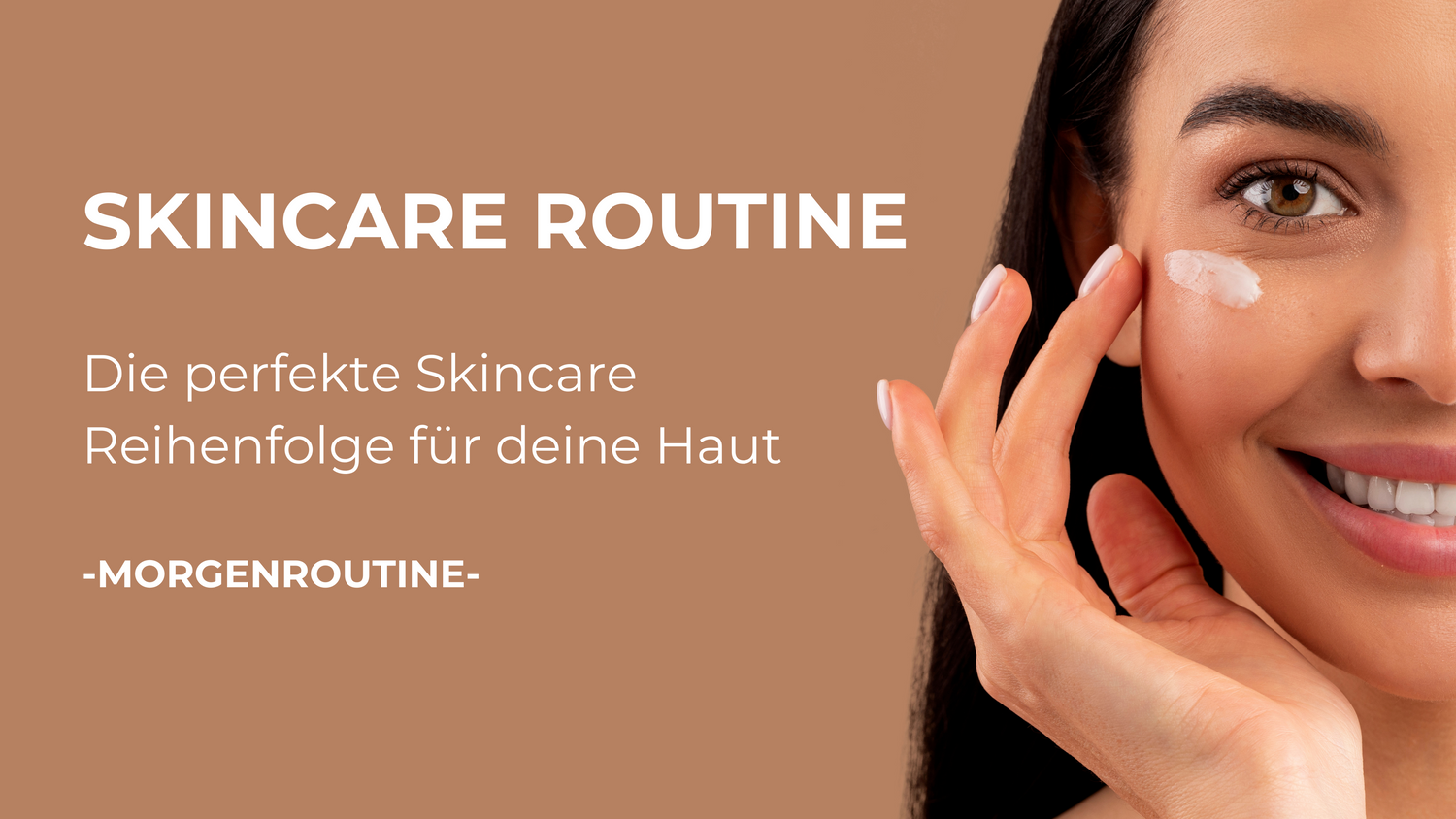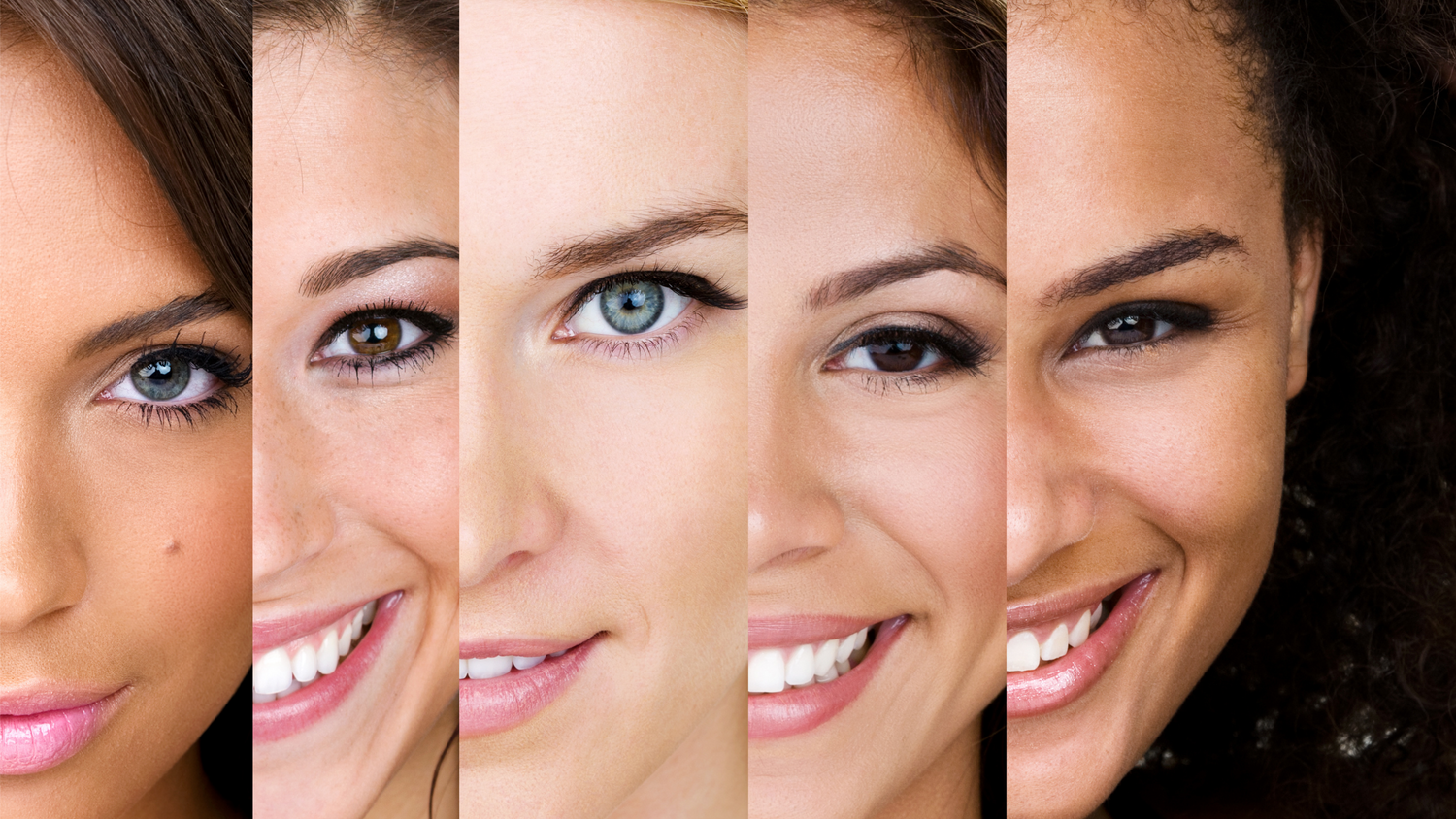Acne is one of the most common skin diseases that affects people of all ages. But while many of us are familiar with the traditional forms of acne, there is another type of skin condition that is often overlooked: fungal acne, also known as Malassezia folliculitis . In this blog post, we'll take an in-depth look at fungal acne, explain its differences from traditional acne, and discuss the best skin care practices for treating it.
What is fungal acne?
You may be wondering what fungal acne actually is. Unlike traditional acne, fungal acne is not caused by bacteria, but rather by a type of yeast called Malassezia, which occurs naturally on our skin. However, under certain conditions, such as a humid and warm environment, Malassezia can multiply excessively and cause inflammation of the hair follicles. This often presents as small, itchy, red bumps that may resemble traditional acne, but are usually smaller and more uniform.
Differences from normal acne:
The main difference between fungal acne and traditional acne lies in the underlying causes. While traditional acne is caused by bacteria such as Propionibacterium acnes, fungal acne is a reaction to Malassezia yeast overgrowth. This distinction is important because treating fungal acne requires specific products aimed at controlling and inhibiting the growth of Malassezia, rather than just relying on the usual acne treatments.
Effective skin care ingredients for fungal acne:
When it comes to caring for fungal acne, it's important to choose products that regulate the growth of Malassezia without further irritating your skin. Here are some recommended ingredients for you:
-
Salicylic Acid: BHA has an exfoliating effect and can help remove dead skin cells that can promote the growth of Malassezia.
-
Niacinamide: This form of vitamin B3 has anti-inflammatory properties and may help strengthen the skin barrier, which is helpful in treating fungal acne.
-
Green Tea Extract: Rich in antioxidants, green tea can help reduce inflammation and soothe your skin without promoting the growth of Malassezia.
-
Heartleaf and Centella Asiatica: Known for their anti-inflammatory and soothing properties, these two plant extracts can help calm irritated skin.
-
Hyaluronic Acid: A moisturizer that helps keep your skin hydrated and supple without promoting the growth of Malassezia.
Ingredients to avoid:
Be sure to avoid ingredients that can promote the growth of Malassezia. This includes:
-
Alcohol: Products containing high concentrations of alcohol can dry out the skin and damage the skin barrier, which can promote the growth of Malassezia.
-
Essential Oils: Some essential oils such as lavender oil, tea tree oil, and eucalyptus oil can promote the growth of Malassezia and should be avoided.
-
Complex fats and oils: Fatty acids such as lanolin, peanut oil and corn oil can stimulate the growth of Malassezia and should therefore be avoided.
-
Fragrances and perfume: Fragrances can be irritating to the skin and promote the growth of Malassezia. Therefore, it is best to choose products without added fragrances.
-
Sulfates: Sulfates such as sodium lauryl sulfate and ammonium lauryl sulfate can disrupt the skin barrier and promote the growth of Malassezia. It is advisable to choose products that are sulfate-free.
-
Difficult to break down ingredients: Some ingredients such as mineral oil and petrolatum can clog pores and promote the growth of Malassezia. It is better to choose lighter, non-comedogenic alternatives.
Treating fungal acne requires an individualized approach and perhaps an adjustment to your usual skin care products. However, by using appropriate ingredients and avoiding potentially irritating substances, you can help effectively control fungal acne and achieve clearer, healthier skin. If you are unsure which products are best for you, it is advisable to consult a dermatologist who can create a customized treatment plan for your specific needs.





